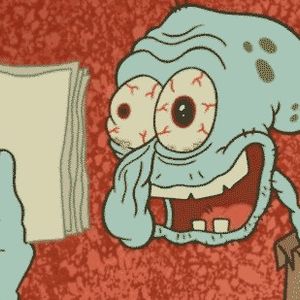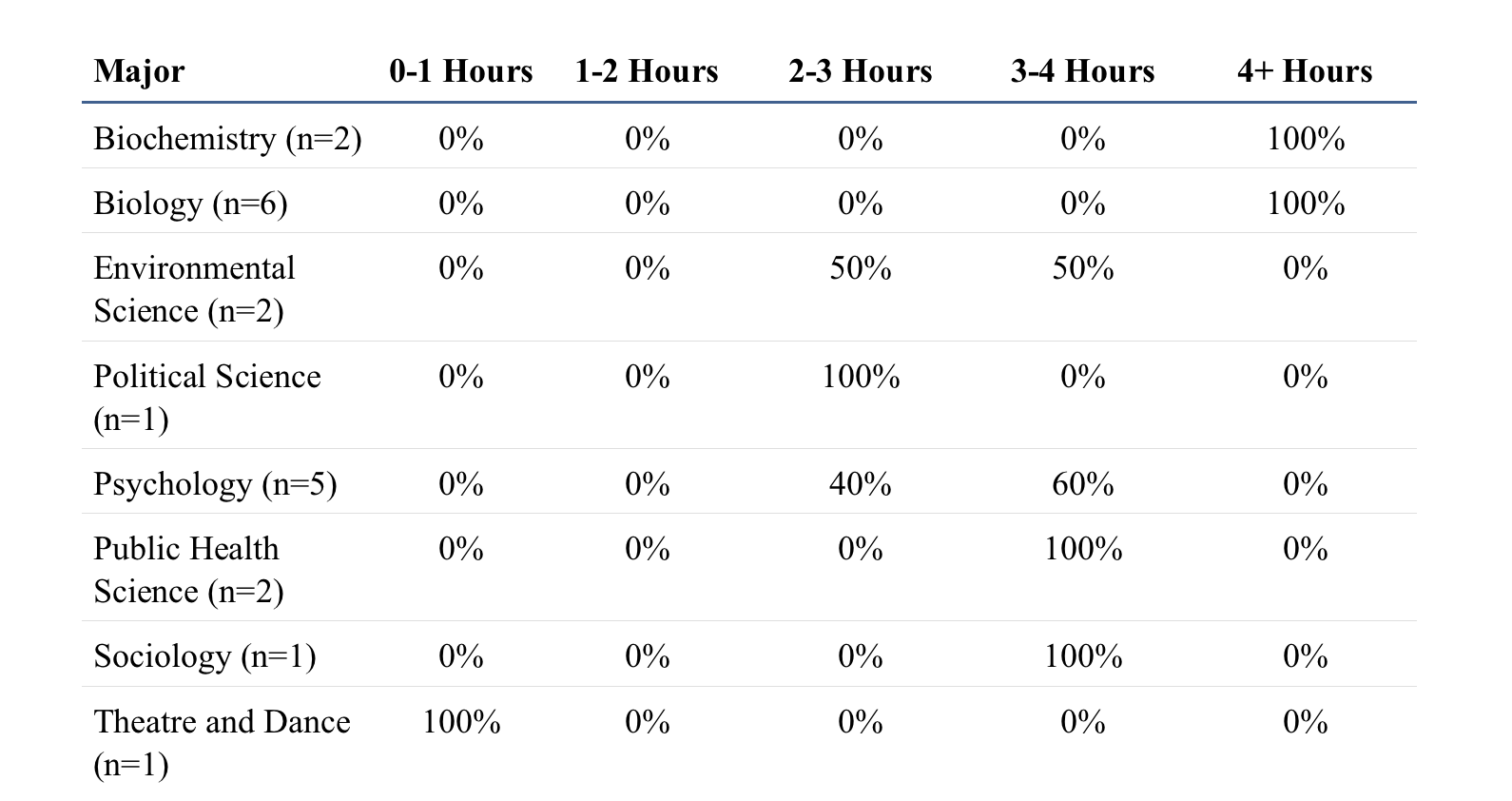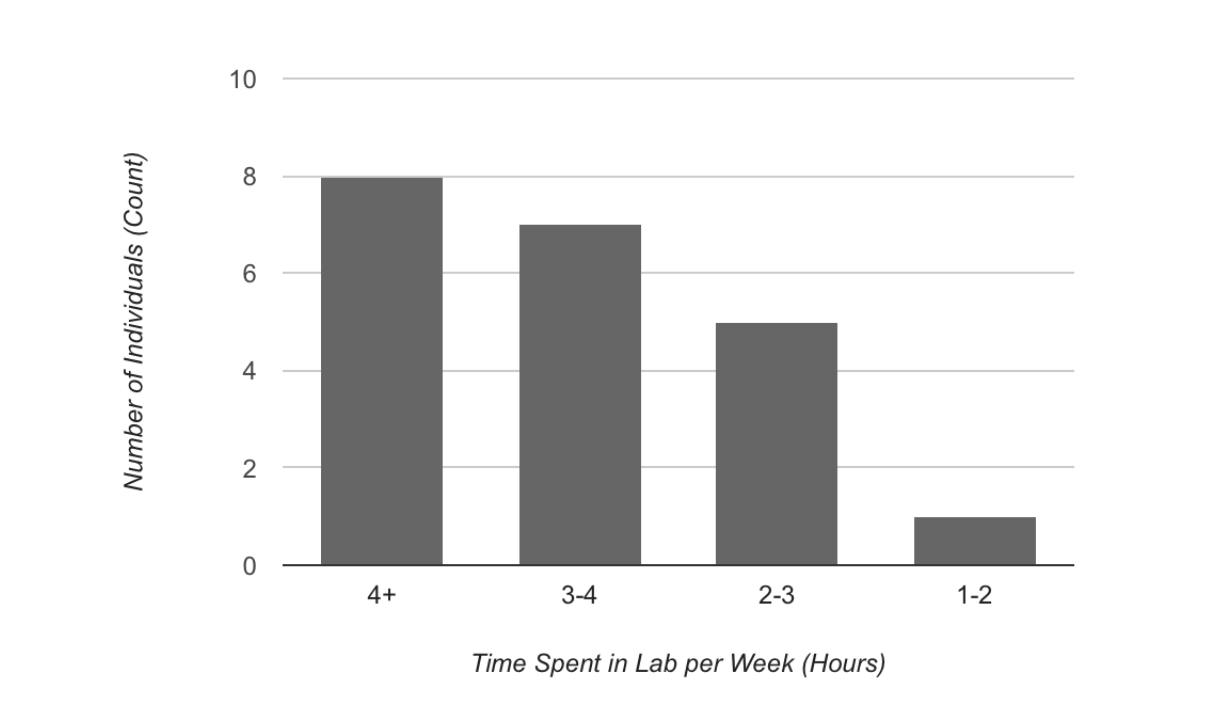After the brutal huffing and puffing of climbing two flights of stairs in the library at 8:25 in the morning, I finally reached the tech room where one of our librarians, Gail, was waiting for my Critical Thinking and Writing class.
We were greeted with a short welcome and introduction about our activity by Gail, then we were handed short slips of paper that had website urls printed on them. After typing each link in to a search bar, we were prompted with the task of creating short, but thorough, annotated bibliographies without citations.
Gail helped us with each of our summaries, and pointed out a few things I did not think of doing in my own annotated bibliography I had finished the day before. She advised us to look up information about the authors. Because each source she had picked was a scholarly article, the authors consisted of doctors, scientists, physiologists, heads of nationally regarded organizations, teachers, and the like. In the example annotation she provided, the source and summary were supported by the author’s background. In my mind, I had assumed that if my bibliography listed the science magazine or scholarly journal where I found my article, there was no need for this extra information.
I realized that this extra description can strengthen an annotation greatly. In providing a background of the author, the audience is reassured and given a sense of trust in your summary of the article you chose, as credentials from those with degrees in higher education (whether that be an associate’s degree, bachelor’s degree, master’s degree, Ph.D., M.D., etc.) are often regarded as respectable and trustworthy.
If I ever do have the task of conducting research and writing an annotated bibliography again, I will definitely make sure to include this component in my summaries.
-FH









